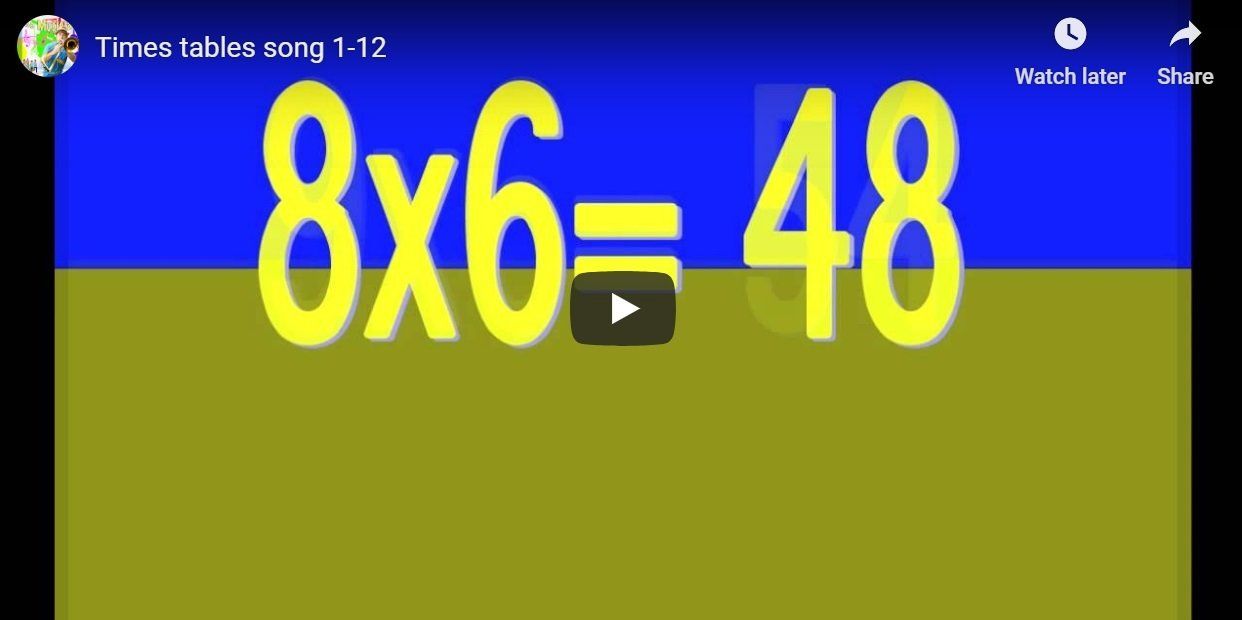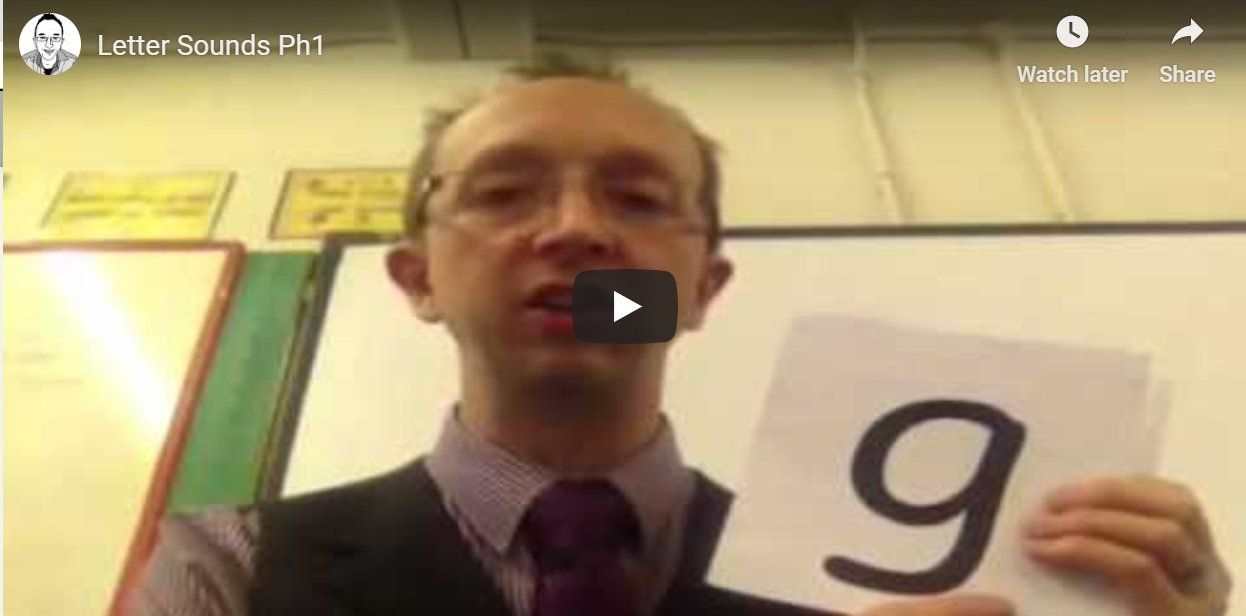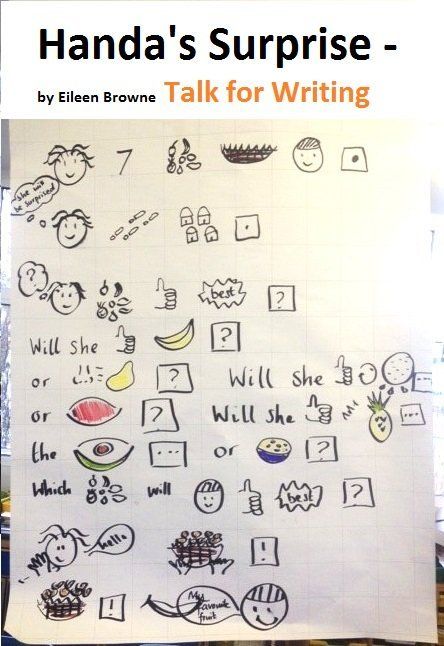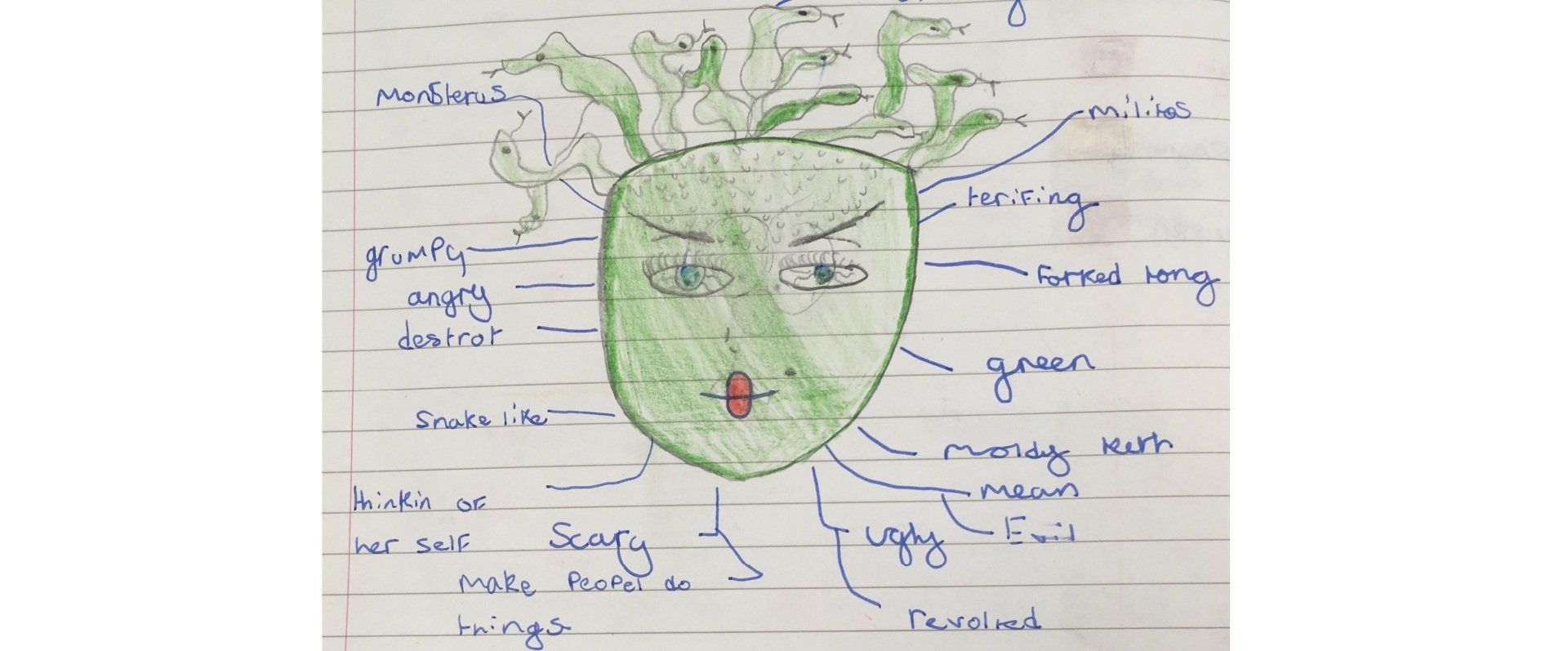The components of Speech and Language
- by James D. Lewis
- •
- 11 Jan, 2018

A description of Speech and Language
Speech and language consists of seven parts:
- Sounds
- Syntax
- Attention
- Vocabulary
- Social Skills
- Listening
- Memory
The process of communication can be best described as a repeated cycle. At any part, the process may break down, leading to a need for focus upon supporting the particular area of weakness. The process described is a simplified model of an interlinked process, however it is useful for teachers to be able to focus upon these 13 phases of communication so that appropriate support can be given at any of these stages if necessary:
The Cycle of Communication
a - New idea/decision.
b - Semantics - choose the words to use.
c - Grammar / syntax - decide upon the appropriate structure of the sentence.
d - Phonology - choose the sounds to use.
e - Instruct the speech muscles to produce the sounds.
f - Articulation of the sounds - producing voice.
g - Speaking fluently.
h - Pragmatics - speaking appropriately.
i - Monitoring self - attending and looking.
j - Listening - hearing self and interpreting responses of others.
k - Auditory Memory - remembering what was spoken / heard.
l - Verbal comprehension - understanding the communication, the semantics - individual words and the syntax, the literal meaning of the sentence and the non verbal communication surrounding the dialogue.
m - Decision is made - go back to the start "a" utilising the ideas gained from the decision made.
Bringing it all Together
James D. Lewis is an educational leader working towards/seeking a deputy head-teacher post in North Birmingham, UK
www.sencolewis.co.uk










